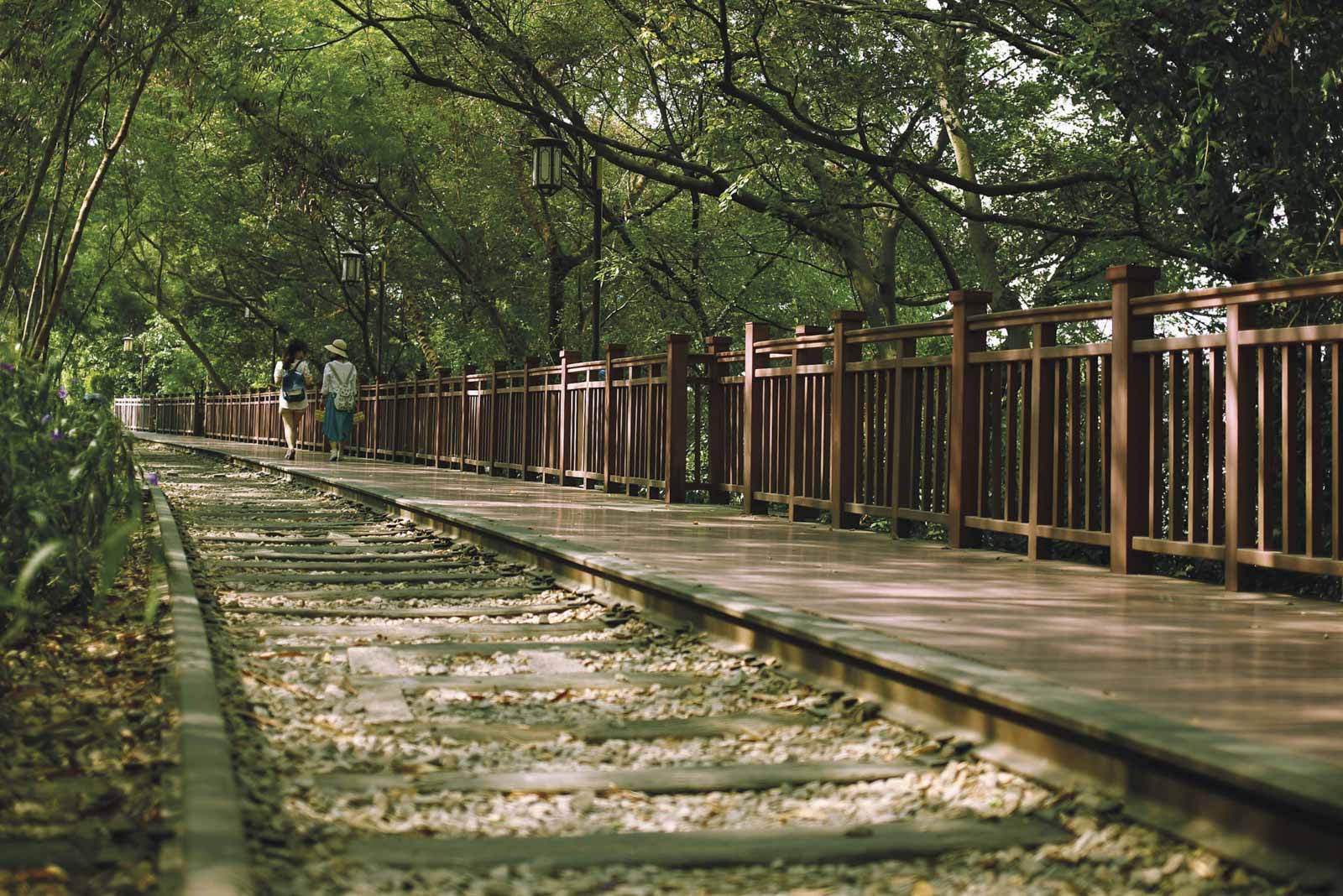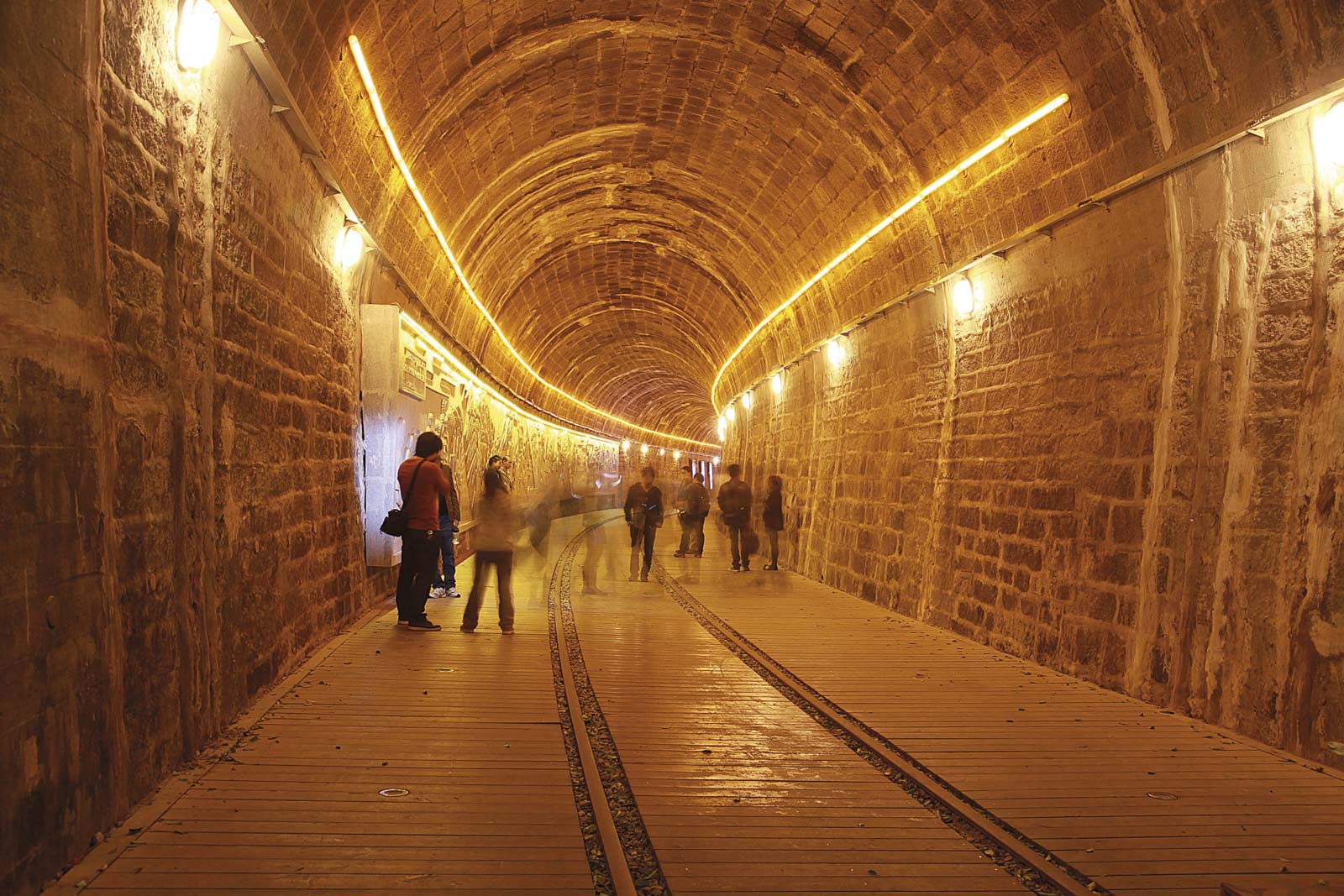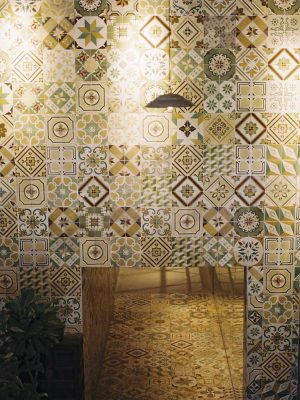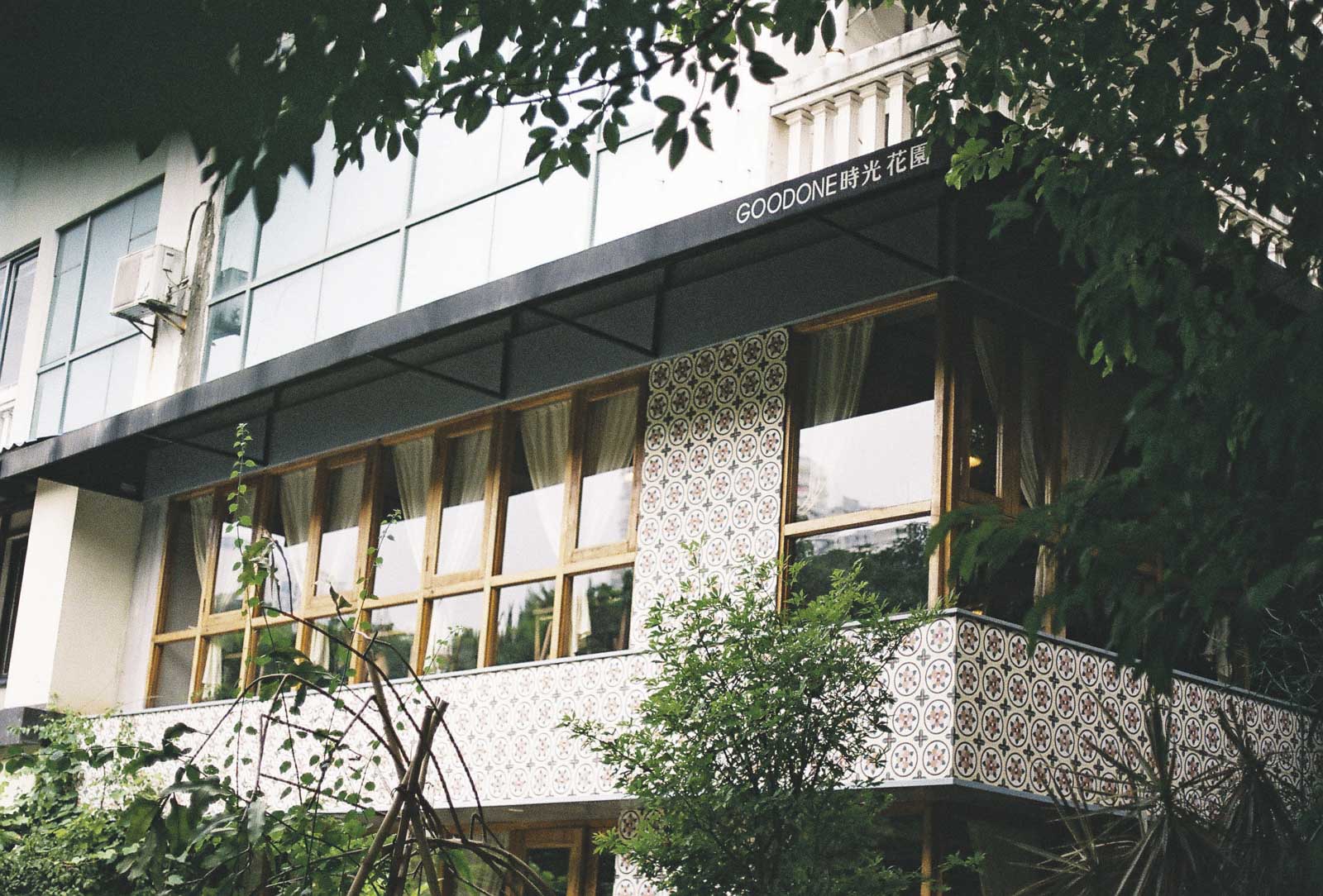Preserving the Past in Fujian
As I snap away with my camera at Xiamen’s Railway Culture Park – a defunct train track converted into a path of green space – an old lady approaches me and points at the red and black bricks paving the ground.
'These are the traditional bricks of the Hokkien tradition called “swallow” bricks,’ she says. The bricks’ chevron patterns resemble the birds’ scissor-shaped tails. ‘People don’t use them any more. That was something we saw a lot in my youth.’ It’s tricky for me to understand her thick Hokkien accent, but I listen intently, revelling in a rare chance to hear stories from the past.

Across Xiamen, nostalgia runs strong. While visitors have come for decades to marvel at the Unesco-listed heritage buildings of Gulangyu island, today they can find the past preserved right in the heart of the port city.
The Railway Culture Park is one such attraction. The 4.5-kilometre line of old rail tracks, running from Heping Wharf in Siming district to Xiamen’s city centre, was built back in 1953. At the time, it helped connect the residents of Xiamen’s coastal centre to Xiamen Station, a transit point that would take them on to other places. As Xiamen grew and infrastructure morphed, residents no longer relied on this rail line, leading to its closure. But the track is very much alive today, still serving as a connector: linking visitors and residents to days gone by.

The abandoned tracks were restored, reopening in 2011 – albeit without any working train – the path running through a slew of green spaces and cultural attractions: Jinbang Park, Wanshi Botanical Garden, Tiger Creek Temple, the old town, Hongshan Park. The tracks cut through the heart of the city, a peaceful respite away from the urban traffic.
Some parts of the route are laid with wood slats, all the better for visitors to take walks and enjoy the scenery. There are few roads to cross as the route goes from one neighbourhood to the next, and the lack of souvenir shops or other businesses within the park area helps to maintain a quiet atmosphere. Bougainvillea – a symbol of Xiamen – burst from the gardens, often framing a reader beneath its branches. The trees shade passersby from the sun. Old ladies carrying vegetables from the market take their time on the tracks, as do families with little children.
In Xiamen, the older generation remembers swallow bricks. But for Yang Hanxi, a 39-year-old antique shop owner, the city’s most intriguing design feature lies elsewhere. ‘For me, patterned tiles hold memories of Xiamen,’ he says. Long drawn to old objects and the stories behind them, Yang started collecting artefacts of Xiamen in 2003. These were usually mundane items, the kind that would conjure nostalgia only once they started to disappear. And in 2005, Yang encountered patterned tiles on Nanhua Road.

Nanhua Road was once home to numerous Chinese migrants returning from Southeast Asian countries like Malaysia, Singapore or Indonesia. Working abroad, they were miners, labourers and tea field workers who sometimes moved on to become merchants and make large fortunes. Many of them returned home in the 1950s, bringing a bit of the Southeast Asian aesthetic back with them. They created Western-style homes with beautiful patterned tiles; it’s these tiles that Yang fell in love with.


He saw how quickly Xiamen was developing, with modern homes taking the place of the old buildings that succumbed to the wrecking ball. This propelled his obsession with old tiles. After 10 years of collecting, he had more than 25,000 tile pieces, which weighed 30 tonnes. With such a collection, many landlords turned him down as a tenant, fearing their apartments would cave in. He finally settled into an old house on Huaxin Road – now the city’s centre of cool – and opened an antiques store. In the beginning, the space was just for storage and selling, but then he started letting people come to cook meals. Then he opened an arts centre. A photo studio followed.

Huaxin Road combines the heritage of Xiamen’s old houses and the youthful vibe of hipsters seeking everything artisanal and authentic. It’s pretty, too, and a popular place for wedding photos. Laid-back streets are set on a small hill within the bustling city, populated by cafes, bookshops, inns and houses. 32/How is a favourite coffee spot, located inside an old mansion with beautiful patterned tiles on the floor and antiques strewn everywhere as decor. Next door is a quirky bookshop called Once, with a small library that includes a selection of English books. In the quiet little rooms, visitors pick up volumes on Xiamen history or essays on the city’s glory days, and, through words, they are transported back in time.
'Our city is developing very quickly, and some things will simply disappear in our generation if we don’t cherish them,’ says Douzi, back at Goodone. ‘We’re glad Xiamen still has some spaces that allow us to capture these times.’
(By Joanne Cheuk)


